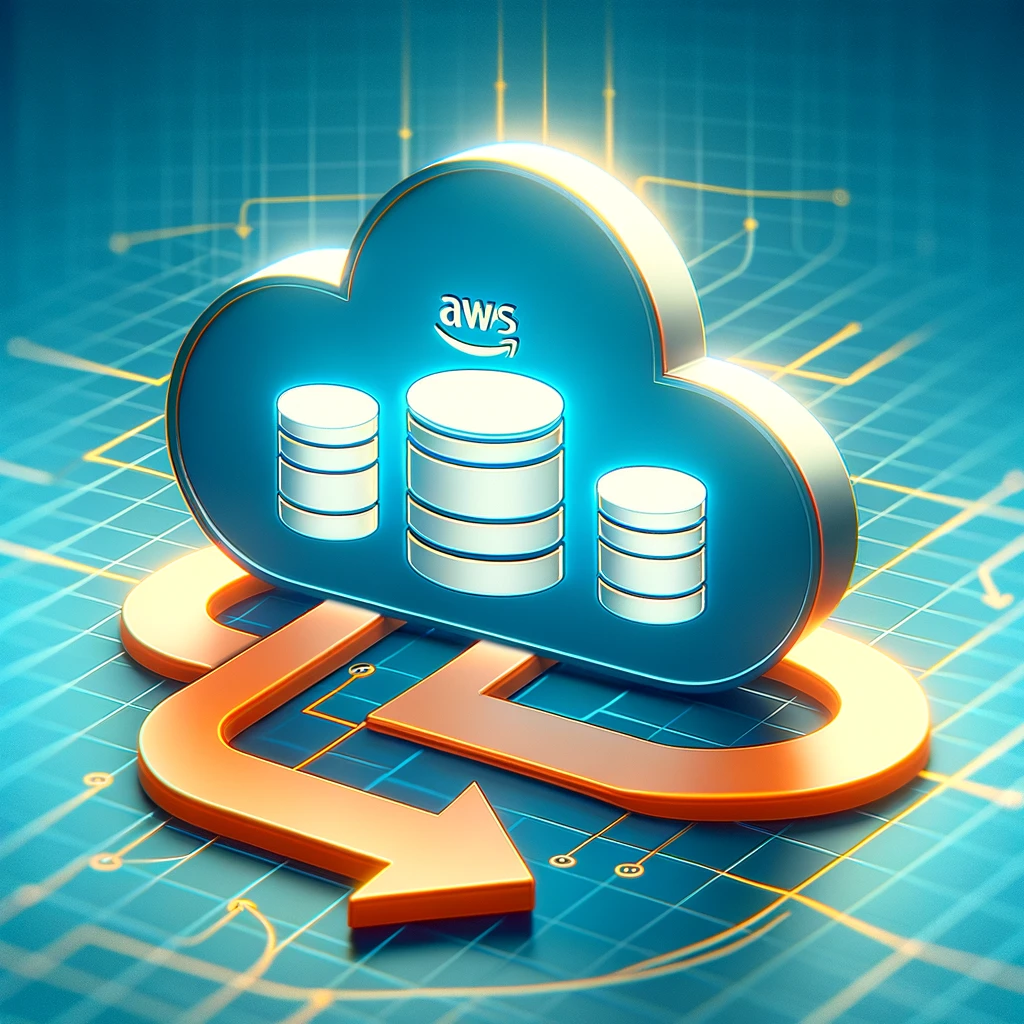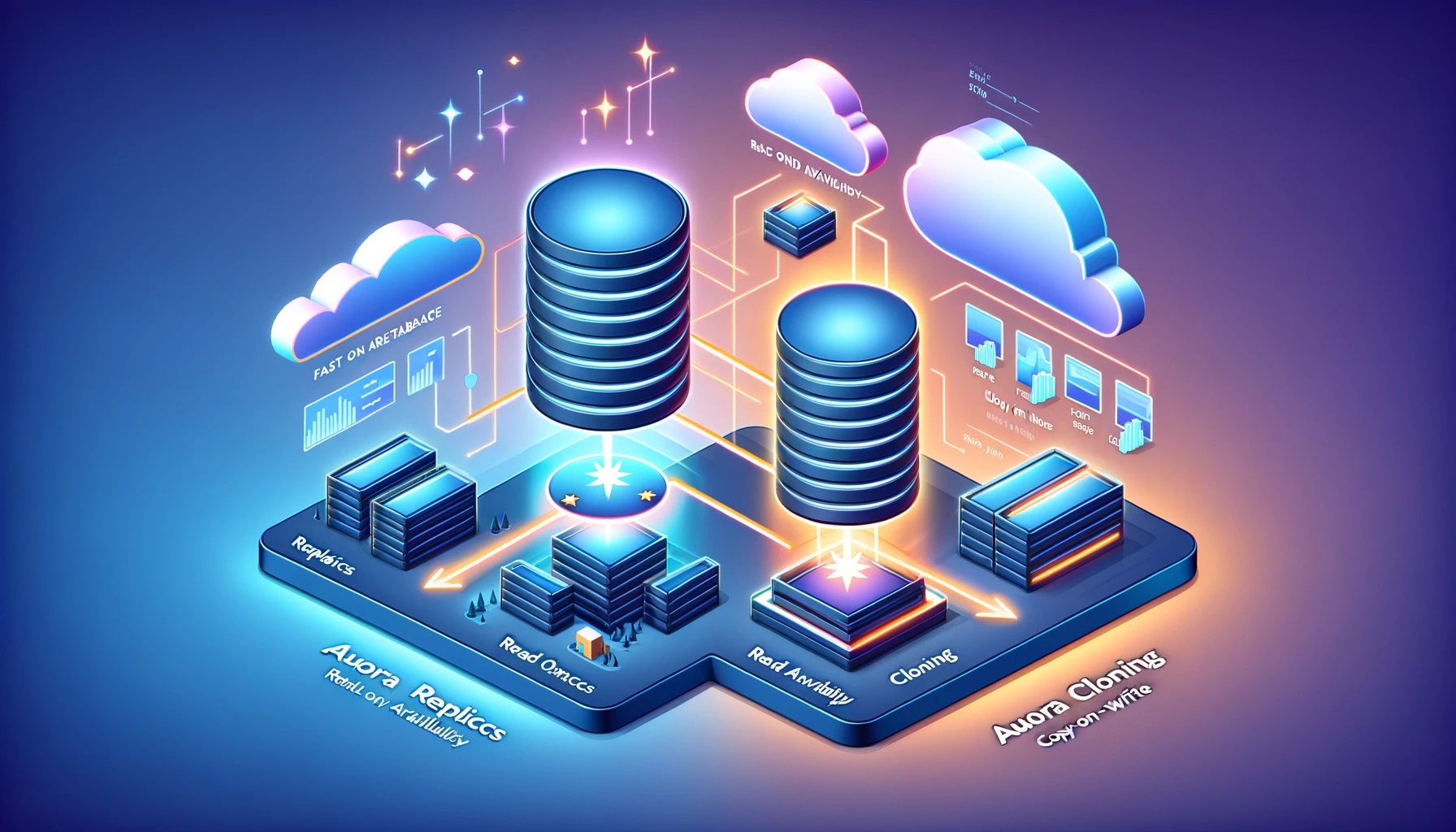Understanding AWS Aurora Replica vs Cloning

Amazon Aurora, a fully managed relational database service by AWS, offers high performance, availability, and scalability. Two powerful features of Aurora are its ability to create replicas and perform cloning. In this blog post, we’ll explore the differences between Aurora replicas and cloning, their use cases, and how to choose the right option for your needs.

Aurora Replicas
Aurora replicas are read-only copies of the primary database instance. They share the same underlying storage as the primary instance, which means data is replicated automatically and almost instantaneously. Replicas are primarily used to scale out read operations and improve the availability of your database.
Types of Aurora Replicas
- Aurora Replicas: These are specific to Aurora and can support read operations at a lower latency. You can have up to 15 Aurora replicas per primary instance.
- Cross-Region Replicas: These allow you to have read replicas in different AWS regions, providing global scalability and disaster recovery solutions.
Use Cases for Aurora Replicas
- Read Scaling: Distribute read traffic across multiple replicas to handle high read workloads.
- High Availability: In case of a primary instance failure, an Aurora replica can be promoted to become the new primary instance.
- Global Expansion: Serve global users by placing read replicas in regions closer to them.
Aurora Cloning
Aurora cloning is a feature that allows you to create a copy of your database quickly and cost-effectively. Cloning is achieved using a copy-on-write mechanism, which means the clone initially shares the same data as the source. Only when there are changes to the data, the modified data is copied to the clone. This makes cloning operations fast and minimizes additional storage costs.
Use Cases for Aurora Cloning
- Testing and Development: Quickly create clones for development, testing, or staging environments without impacting the production database.
- Snapshot Analysis: Create a clone to analyze a snapshot of your database at a specific point in time.
- Scaling Workloads: Clone your database to scale workloads horizontally, especially for short-term, heavy workloads.
Choosing Between Replicas and Cloning
The choice between using Aurora replicas and cloning depends on your specific use case:
- For Read Scaling: Use Aurora replicas to distribute read traffic and improve the read throughput of your application.
- For High Availability: Leverage Aurora replicas to ensure that a failover can occur seamlessly with minimal downtime.
- For Testing and Development: Use Aurora cloning to quickly create isolated environments that are identical to your production database.
- For Short-Term Heavy Workloads: Consider cloning to handle temporary increases in workload without impacting the primary database.
Conclusion
Amazon Aurora’s replica and cloning features offer powerful options for scaling, high availability, and efficient database management. By understanding the differences and use cases for each, you can make informed decisions to optimize your database performance and cost. Whether you need to scale out your read operations, ensure high availability, or quickly set up testing environments, Aurora has you covered.